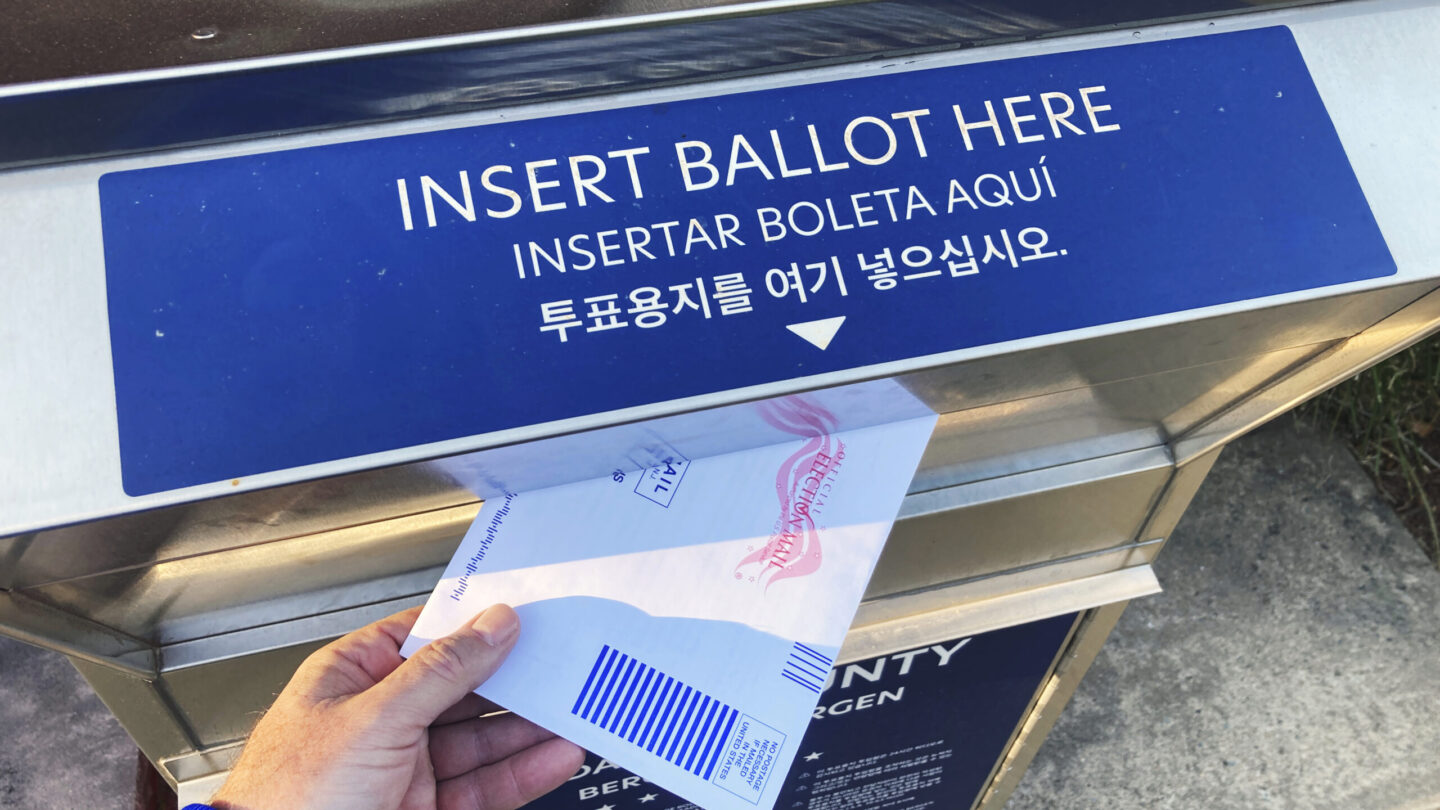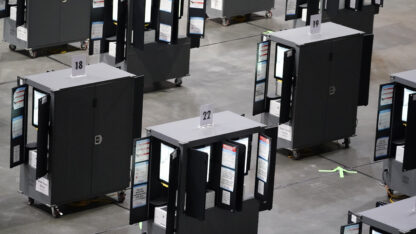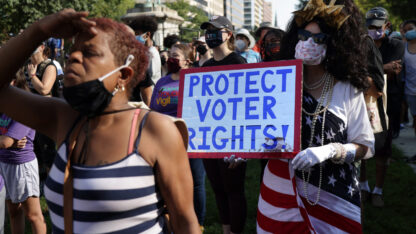The COVID-19 pandemic, so far, has had some lasting effects on how people cast ballots in the U.S.
According to a new report from the U.S. Election Assistance Commission, mail voting rates in the U.S. “remained higher than pre-pandemic levels” during last year’s midterm elections, when more than 35 million mail ballots were cast and counted.
It’s been an open question as to whether the pandemic would have any long-term impact on how people vote in the U.S. Ahead of the 2020 election, many states opened up their vote by mail programs to more voters and officials also created more early voting options. And many voters took advantage of those options.
Before 2020, the majority of U.S. voters cast their ballots in-person at a polling location — usually on Election Day. In 2018, for example, more than 58% of voters in that election cast their ballots in-person on Election Day.
But in 2020, the most common method of casting a ballot was by mail. About 43% of voters voted this way in that election. According to the EAC, in-person voting on Election Day and early voting each comprised “about 30.5% of the population of voters,” which was a first.
“However, the COVID-19 pandemic that affected the 2020 general election appears to have had lasting effects on how voters cast their general election ballots,” the agency’s report reads.
The agency found that 31.9% of voters who cast a ballot in 2022 did so by mail. That’s compared to 25.6% of voters who voted by mail in the 2018 general election. According to the survey, almost half of all voters in 2022 voted in person on Election Day.
The relative popularity of voting by mail in the U.S. has persisted despite the fact that various states – mostly Republican-led states – have passed new restrictions on mail ballot programs since 2020.
In the wake of the 2020 election, some states have passed laws that curtail drop box usage for mail voters, shorten timelines for requesting and returning ballots and add new ID requirements for mail voting. Proponents of these laws have said such changes are necessary to prevent voter fraud, even though voter fraud is a very rare occurrence in U.S. elections.
The EAC also began collecting information on drop boxes for mail voting, as well as ballot curing, which is a process allowing voters to correct errors on their mail ballots.
According to the survey, “among states that reported data on drop boxes, nearly 40% of mail ballots were returned at drop boxes” nationwide.
Among states that reported their ballot curing data to the federal agency, “less than 1% of mail ballots that were returned by voters and counted in the election were cured,” the EAC found. This means a voter’s mail ballot was initially rejected because of an error, but the voter was later able to fix the issue with their mail ballot and it was eventually counted.
Copyright 2023 NPR. To see more, visit https://www.npr.org.
9(MDAxODM0MDY4MDEyMTY4NDA3MzI3YjkzMw004))

9(MDAxODM0MDY4MDEyMTY4NDA3MzI3YjkzMw004))








